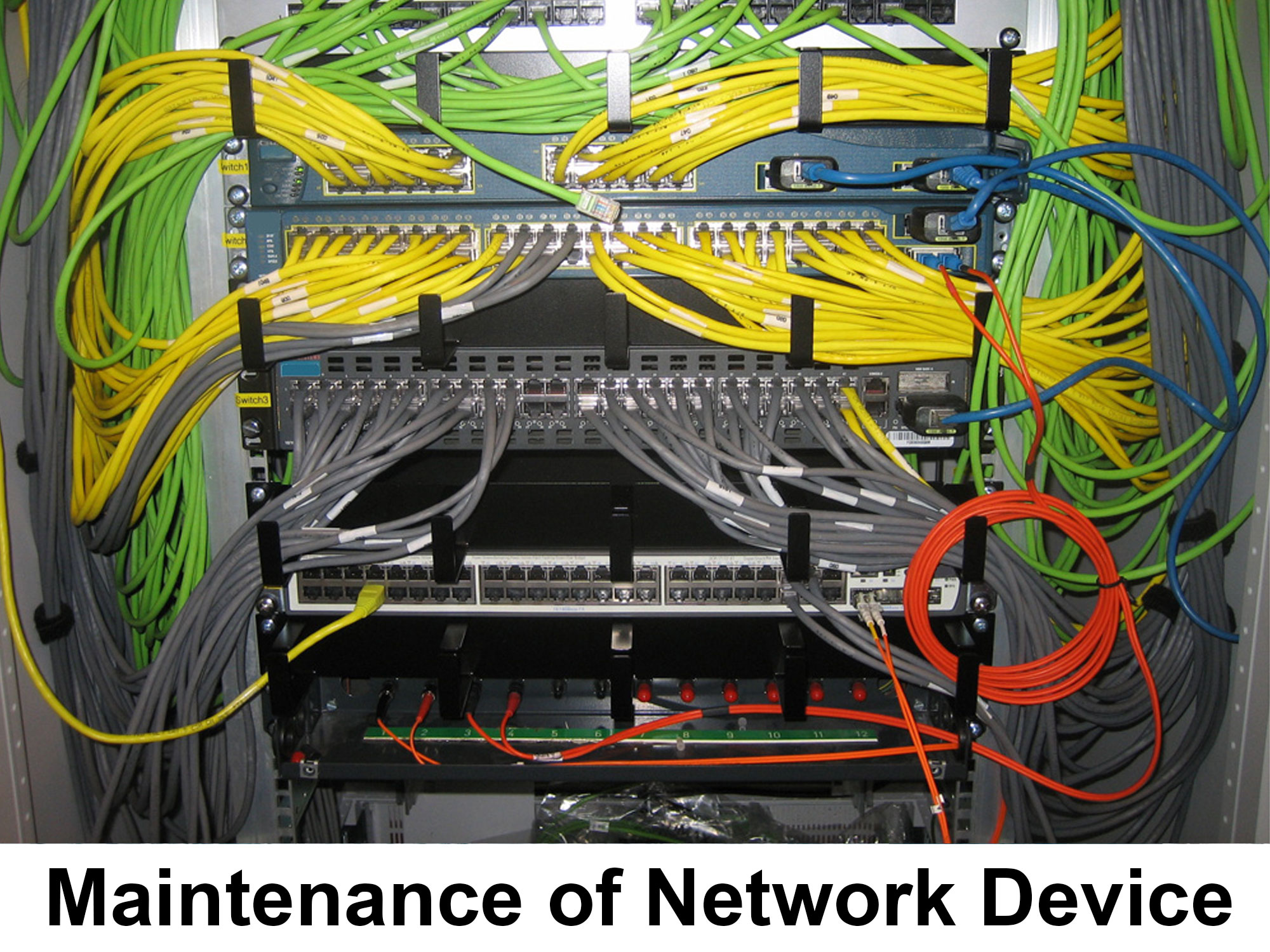"Our main motto is timely service and customer satisfaction."
Proper maintenance of your PC (personal computer) is essential to ensure it operates smoothly, extends its lifespan, and remains secure.
Maintaining a server is crucial to ensure its reliability, security, and optimal performance. Server maintenance involves a series of tasks and best practices to keep the server running smoothly.
Network devices, such as routers, switches, and access points, play a crucial role in ensuring a stable and secure network infrastructure.









A Hospital Management System (HMS), also known as a Hospital Information System (HIS) or Healthcare Information Management System (HIMS), is a software solution designed to streamline the management and operations of a healthcare facility, such as a hospital or clinic. It encompasses a wide range of functions and features to improve efficiency, patient care, and administrative processes within healthcare organizations. Here are key components and functionalities of a Hospital Management System:
Capture and maintain patient demographic information, including name, contact details, insurance data, and medical history.
Manage patient appointments, scheduling, rescheduling, and cancellations for various departments and healthcare providers.
Store and manage electronic health records, including patient medical history, diagnoses, treatments, medications, and test results.
Generate and manage invoices for patient services, handle insurance claims, and track payment status.
Manage pharmacy inventory, prescriptions, dispensing, and patient medication records.
Integrate with laboratory equipment to manage and track test orders, results, and patient samples.
Manage radiology appointments, imaging orders, and radiology reports.
Track and manage the inventory of medical supplies, drugs, and equipment.
Maintain records of healthcare providers, assign responsibilities, and manage staff schedules.
Streamline the admission and discharge processes, including bed management and room allocation.
Generate and transmit electronic prescriptions to pharmacies, enhancing medication safety.
Integrate with external Electronic Medical Record (EMR) systems for interoperability and data exchange.